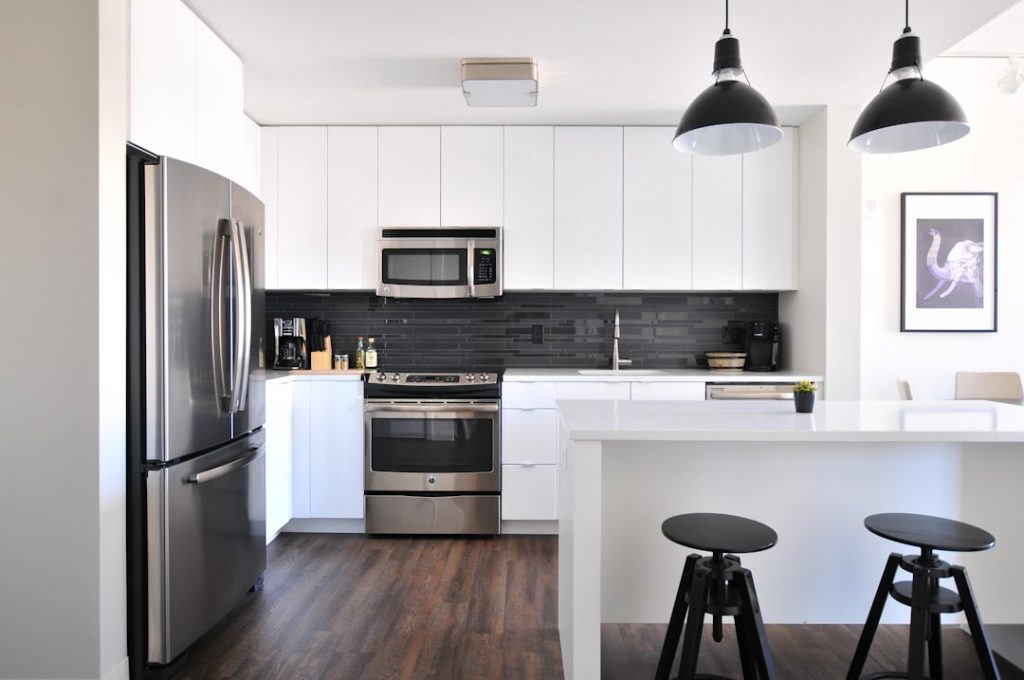Navigating the process of applying for Specialist Disability Accommodation (SDA) can be daunting. This guide aims to demystify the process, providing clear steps to help individuals secure the accommodation they need. Whether you are seeking SDA in Brisbane or elsewhere, understanding the National Disability Insurance Scheme (NDIS) Specialist Disability Accommodation Design Standard is crucial.
Understanding Specialist Disability Accommodation
Specialist Disability Accommodation (SDA) refers to housing designed to cater to individuals with extreme functional impairments or very high support needs. These accommodations offer a safe and accessible living environment, tailored to the specific needs of residents. The NDIS funds SDA to ensure that individuals with disabilities can live as independently as possible.

Eligibility for Specialist Disability Accommodation
Before applying for SDA, it is essential to confirm eligibility. The NDIS sets stringent criteria for SDA funding to ensure that resources are allocated to those in genuine need.
Key Eligibility Criteria
- NDIS Participant: You must be a registered participant of the NDIS.
- Extreme Functional Impairment: You should have significant functional impairments that necessitate specialized housing.
- Very High Support Needs: Individuals requiring intensive support to live independently are prioritized.
- Assessment and Evidence: A thorough assessment by healthcare professionals is required to substantiate your need for SDA.
Steps to Apply for Specialist Disability Accommodation
Step 1: Understand the NDIS Specialist Disability Accommodation Design Standard
The NDIS Specialist Disability Accommodation Design Standard outlines the requirements for SDA properties. Familiarizing yourself with these standards will help you understand the type of accommodation you can apply for and ensure that your application is aligned with these criteria.
Step 2: Gather Necessary Documentation
To support your application, you will need comprehensive documentation, including:
- Medical Reports: Detailed reports from healthcare professionals outlining your disability and support needs.
- Functional Assessments: Evaluations from occupational therapists or other relevant specialists.
- Support Letters: Letters from caregivers or support workers detailing your daily living challenges and the need for specialized accommodation.
Step 3: Complete the NDIS Planning Meeting
During your NDIS planning meeting, discuss your need for SDA with your planner. Clearly articulate how SDA will improve your quality of life and independence. Be prepared to provide all relevant documentation to support your case.
Step 4: Submit the SDA Request Form
After your planning meeting, you will need to complete and submit the SDA Request Form. This form requires detailed information about your disability, support needs, and the type of accommodation you are seeking.
Step 5: Wait for the NDIS Decision
The NDIS will review your application and determine whether you qualify for SDA funding. This process can take some time, so patience is necessary. If approved, your plan will include funding for SDA, and you can begin searching for suitable accommodation.
Finding Specialist Disability Accommodation in Brisbane
Once approved for SDA funding, the next step is to find suitable accommodation. Brisbane offers a range of SDA options, but it is important to select a property that meets your specific needs and aligns with the NDIS SDA Design Standard.
Researching Available Properties
Start by researching SDA providers in Brisbane. Many organizations specialize in providing accommodation for individuals with disabilities. Look for properties that match your criteria and arrange visits to assess their suitability.
Evaluating SDA Providers
When evaluating SDA providers, consider the following factors:
- Accessibility: Ensure the property is fully accessible and meets your mobility requirements.
- Support Services: Check if the provider offers additional support services, such as on-site carers or therapy services.
- Location: Consider the proximity to essential services, such as healthcare facilities, public transport, and community centers.
Signing the Service Agreement
Once you have found a suitable property, you will need to sign a service agreement with the SDA provider. This agreement outlines the terms and conditions of your stay, including the level of support provided and your responsibilities as a tenant.
Learn the difference between SIL and SDA housing.
Understanding Your Rights and Responsibilities
As an SDA tenant, it is crucial to understand your rights and responsibilities. The NDIS outlines these in detail to ensure a fair and supportive living environment for all SDA residents.
Your Rights
- Respect and Dignity: You have the right to be treated with respect and dignity at all times.
- Safe Environment: Your accommodation must provide a safe and secure living environment.
- Quality Services: You are entitled to receive high-quality support services tailored to your needs.
Your Responsibilities
- Adherence to Rules: Follow the rules and regulations set by the SDA provider.
- Maintenance of Property: Keep the property in good condition and report any maintenance issues promptly.
- Respect for Others: Show respect and consideration for other residents and staff members.
The Role of the NDIS Specialist Disability Accommodation Design Standard
The NDIS Specialist Disability Accommodation Design Standard plays a pivotal role in ensuring that SDA properties meet the specific needs of individuals with disabilities. These standards cover various aspects, including:
- Accessibility: Ensuring properties are fully accessible for individuals with mobility impairments.
- Safety: Implementing safety features to protect residents.
- Comfort: Providing a comfortable and supportive living environment.
Key Design Elements
- Accessible Bathrooms: Spacious and equipped with necessary support features.
- Wider Doorways and Hallways: To accommodate wheelchairs and other mobility aids.
- Emergency Response Systems: In place to ensure residents can call for help when needed.
By adhering to these standards, SDA providers can deliver high-quality accommodation that enhances the independence and quality of life for individuals with disabilities.
Conclusion
Applying for Specialist Disability Accommodation is a multi-step process that requires careful preparation and understanding of the NDIS guidelines. By following the steps outlined in this guide, you can navigate the application process with confidence and secure the accommodation that best meets your needs.
Remember, the key to a successful application lies in thorough documentation, clear communication with your NDIS planner, and selecting an SDA provider that aligns with the NDIS Specialist Disability Accommodation Design Standard.
